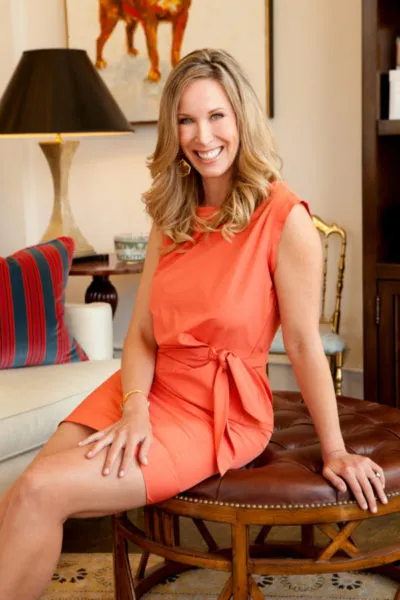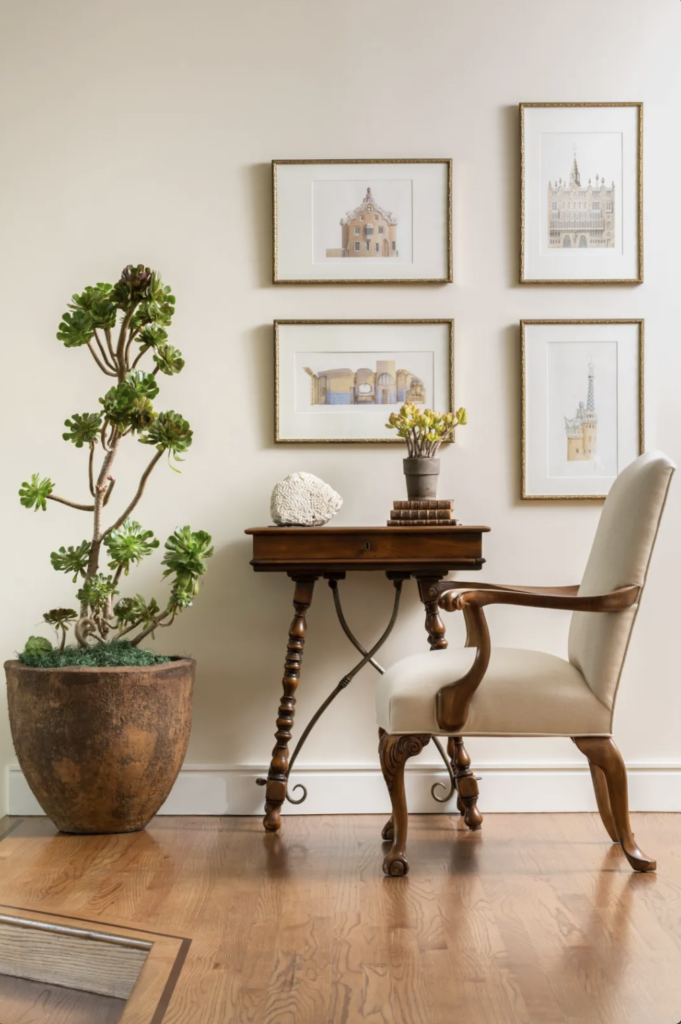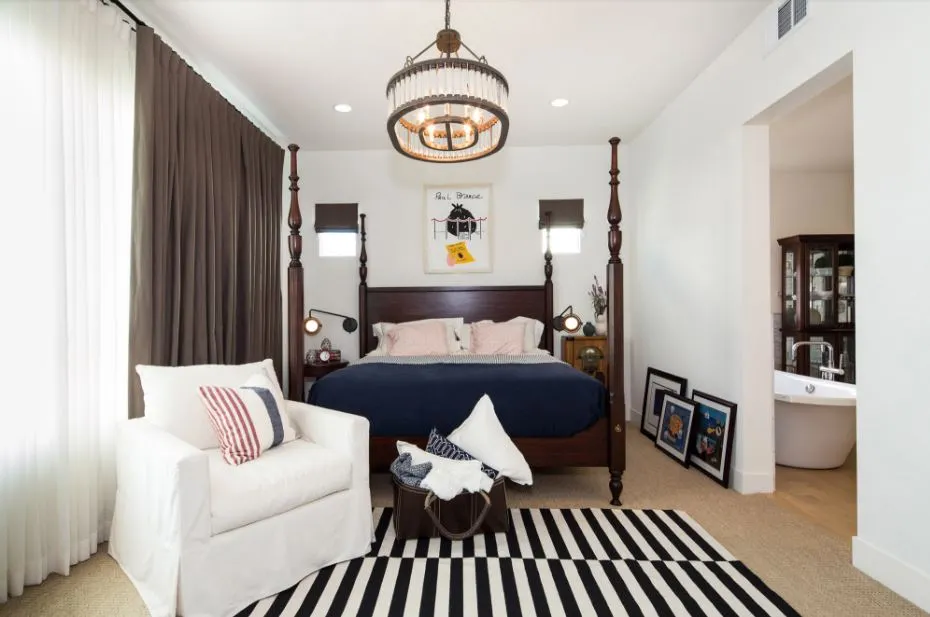“You can have a quality project that is not green but you cannot have a green project that is also not a quality project.” — Regreen, a certification program from the American Society of Interior Designers and the U.S. Green Building Council
There is a correlative relationship between a home’s sustainability and the thoughtfulness behind its design. It’s a relationship designer Lori Dennis and I explore in the second edition of the book “Green Interior Design: The Guide to Sustainable High Style.”


How are today’s consumers are thinking differently about sustainability? And how can you, as interior designers and retailers, help promote environmentally friendly furnishings and homes? Our book offers a number of insights that can help.

1. Consumers care about sustainability
Because of the internet , social media like Instagram and Pinterest, and TV design shows, the general public increasingly has greater access to information about home renovations, home products and sustainability. That means they are thinking a lot about it — and they need guidance about how to do sustainable remodels, build green homes and purchase more environmentally friendly furnishings.

When the first edition of Lori Dennis’ “Green Interior Design” came out in 2010, the concept was still fringe. Now, people with moderate decorating budgets are better educated and curious about how they can live and consume sustainably. That’s part of why the publishers contacted us to refresh the concept in a second edition of the book, which came out last summer. “Green Interior Design” is as much a book for the seasoned design professional as it is for the DIYer.
2. A green home can be affordable
In the simplest terms, a green home is one that uses fewer resources than a conventional home. It is healthier for its inhabitants, and will be more durable. Usually, these spaces are also less expensive to operate, primarily because they use less energy and water.

Throughout the book, we think about “going green” as a spectrum rather than a binary. Some of the projects are complete build-outs overseen by professionals with expert certifications in green design. Those are the ultra-luxury residences that Los Angeles-based Lori Dennis Inc. is predominantly known for. But some, like the Airbnb rental units, have a few green elements in each room.
A green home can be as affordable or premium as you want it to be. That didn’t used to be the case, but over time, technology, increased information and lower costs have made green materials, products and manufacturing processes more accessible. This brings us to a concern many have: Is it hard to get started creating green interiors? No. It isn’t. In fact, it’s easy, which brings us to No. 3.
3. You can start small
We’re big fans of actionable takeaways — the book is chock-full of them, running the gamut from simple and quick to the involved.
What are the things people can do right now — and that you can encourage your design clients and store customers to do right now? Honestly, it’s the boring stuff: Swap out the cleaning supplies for environmentally friendly ones, change incandescent light bulbs to energy-efficient LEDs, and upcycle a piece rather than buying new. Sometimes all it takes is a fresh coat of paint to fall in love with a room again.

4. Premium and ultra-luxury green interior design is possible
The room pictured on the cover of the book is from a project we call Bond at the Beach. Bond is sleek, sexy and aspirational. The aesthetic inspiration for the project was a fantasy of James Bond: What if 007 lived at the beach? And what if he were committed to sustainable consumerism? Projects like this are all about custom furniture with clean lines, collectible antiques designed by midcentury masters that only improve with age (like Bond himself), and top-of-the-line gadgets and gizmos.

Although designing sustainably means designing for the future, not all green homes are aesthetically ultra-modern. Another chapter of the book breaks down the green design decisions that went into a traditional colonial-style mansion.
There isn’t one look for green interior design, and it certainly doesn’t mean you have to have a room full of plants, jungalow-style. There’s not a correlation between aesthetics and sustainability. Whatever a customer wants, there’s a way to do it sustainably.
5. Sustainability means more than environmental consciousness
Do you know what the conditions are like for the makers of the products you sell as a retailer or purchase as a designer? It was important for us to explain in the book how to make sure products are ethically sourced. We give you lists of verified vendors — and the questions to ask if a company or product seems a little suspect.

One major barrier to designing green is succumbing to trends. Following design trends is mindless, uncreative and a surefire way to increase your carbon footprint. Designing green is all about designing for the future: How easy is it going to be to maintain this space? And how long until this look is tired?
So, the biggest takeaway is thoughtfulness. Think deeper about design and purchasing decisions. Green design forces creativity, innovation and resourcefulness.
Courtney Porter is a designer, author, host and media director. She specializes in seamlessly bringing interior designers, architects, furniture manufacturers and showrooms’ physical products and services into the digital world. She is co-author of “Green Interior Design: The Guide to Sustainable High Style” with Lori Dennis. Porter also is a host and producer of design shows. You may have caught her on “Behind the Bar,” interviewing your favorite celebrity designers or sharing her favorite decor finds on the live sales network Lit Live.




